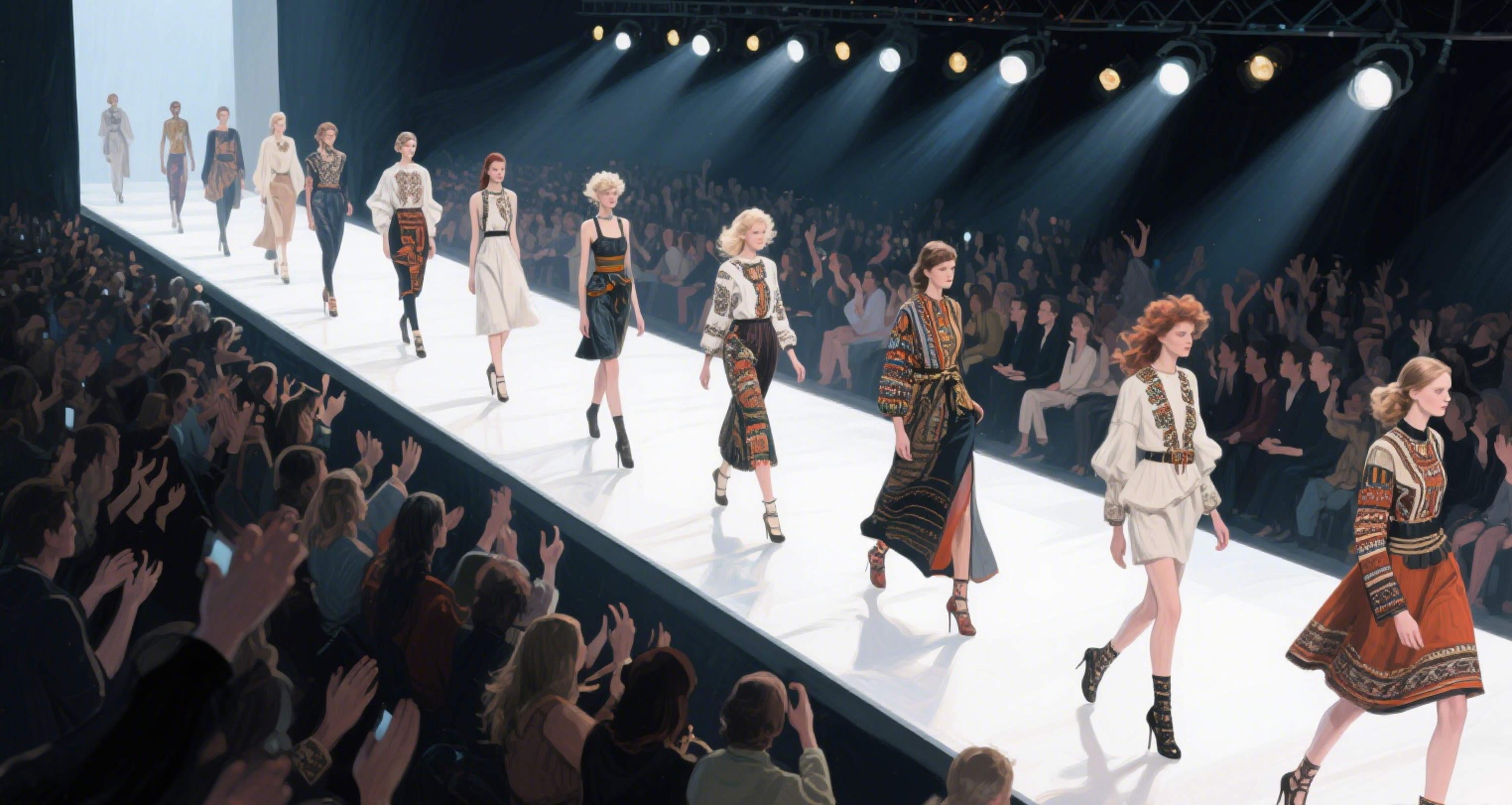Beauty Standards Across Cultures: A Global Perspective
Explore how different cultures define beauty and attractiveness, from ancient traditions to modern interpretations.

The Universal and the Unique
Beauty standards vary dramatically across cultures, yet some elements appear to be universal. Understanding these differences helps us appreciate the rich diversity of human beauty ideals while recognizing our shared humanity.
Western Beauty Standards
Historical Evolution
Western beauty standards have evolved significantly:
- Ancient Greece: Symmetry and proportion were prized
- Renaissance: Fuller figures represented prosperity
- Victorian Era: Pale skin and delicate features
- Modern Era: Constantly shifting trends influenced by media
Contemporary Western Ideals
Current Western beauty standards often emphasize:
- Symmetrical facial features
- Clear, even skin tone
- Defined jawlines
- Large eyes with long lashes
East Asian Beauty Standards
Traditional Values
East Asian cultures traditionally value:
- Fair skin: Historically associated with nobility
- Small faces: Considered more refined
- Double eyelids: Often seen as attractive
- Straight nose bridges: Preferred facial feature
Modern Influences
Contemporary East Asian beauty standards include:
- K-beauty influence emphasizing natural, dewy skin
- Aegyo-sal (puffy under-eye bags) as cute feature
- Gradient lips and straight eyebrows
Middle Eastern Beauty Standards
Traditional Features
Middle Eastern beauty ideals often celebrate:
- Large, expressive eyes: Enhanced with kohl
- Full lips: Natural or enhanced
- Arched eyebrows: Well-defined and shaped
- Olive skin tones: Celebrated natural coloring
African Beauty Standards
Diverse Ideals
African beauty standards vary greatly across regions:
- Ethiopia: Elongated necks and tribal scarification
- West Africa: Fuller figures and intricate hairstyles
- East Africa: Tall, lean builds often preferred
- Southern Africa: Diverse standards reflecting mixed heritage
Latin American Beauty Standards
Celebration of Curves
Latin American cultures often appreciate:
- Curvaceous body types
- Expressive eyes and full lips
- Bronzed skin tones
- Long, voluminous hair
Indigenous Beauty Standards
Connection to Nature
Many indigenous cultures emphasize:
- Natural beauty without alteration
- Ceremonial body art and tattoos
- Features that reflect environmental adaptation
- Spiritual and physical harmony
The Impact of Globalization
Homogenization vs. Diversity
Globalization has led to:
- Spread of Western beauty ideals
- Fusion of different cultural standards
- Resistance movements preserving traditional ideals
- New hybrid beauty standards emerging
Universal Elements of Beauty
Cross-Cultural Similarities
Research suggests some universal preferences:
- Facial symmetry
- Clear, healthy skin
- Youthful appearance
- Proportionate features
The Role of Technology
Digital Influence
Technology is changing beauty standards through:
- Social media exposure to diverse ideals
- AI-powered beauty filters
- Virtual beauty try-ons
- Global beauty communities
Embracing Diversity
The Future of Beauty
Moving forward, beauty standards are evolving toward:
- Celebrating individual uniqueness
- Recognizing cultural diversity
- Promoting inclusive representation
- Emphasizing health over appearance
Conclusion
Understanding beauty standards across cultures helps us appreciate the rich tapestry of human diversity. As we become more globally connected, the future of beauty lies in celebrating both our differences and our shared humanity.
Dr. Amara Okafor
Cultural anthropologist and beauty researcher specializing in cross-cultural beauty standards.